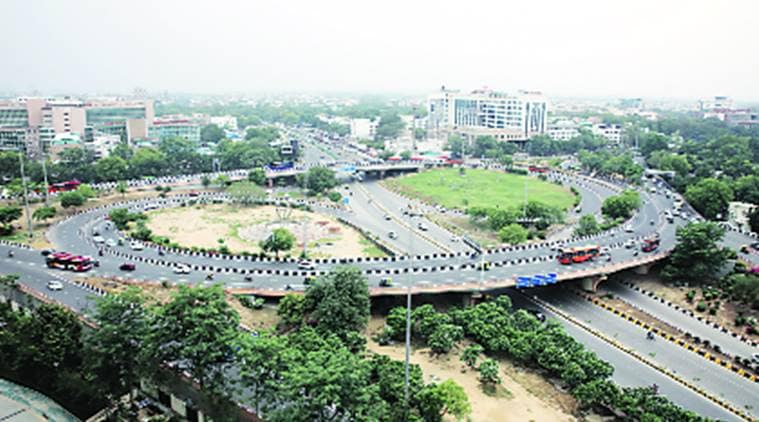 Under the new project, the priority will be removing bottlenecks for a smooth flow of traffic and an organised lane system, an official said.
Under the new project, the priority will be removing bottlenecks for a smooth flow of traffic and an organised lane system, an official said.
Footpaths that are 10 feet wide and have dedicated spaces for trees, planned spaces for vehicles and rickshaws, and rainwater harvesting systems built into the drainage system alongside roads — if all goes to plan, this is what 500 kilometres of arterial roads in Delhi will look like in the coming years.
The city has been looking at redesigning roads to make them more pedestrian-friendly as well as removing bottlenecks that hamper the movement of traffic for the past several years.
On Tuesday, Chief Minister Arvind Kejriwal met Public Works Department officials and asked them to prepare a list of roads, all 100 feet wide, to be “redesigned as per international standards and along the lines of the newly redesigned Chandni Chowk main road”.
While the Chandni Chowk redevelopment made a 1.3 kilometre stretch vehicle free, the elements used to make it more pedestrian friendly, such as places to sit, wide walkways and shrubs and trees, will be incorporated in the road design.
Last year, the government announced a similar project for nine road stretches. This was later cut down to seven and the first two stretches to be undertaken were AIIMS and Ashram. Work was supposed to be complete by the end of this year but the CM Tuesday said that the deadline has been extended till August 2021 because of Covid.
PWD has to provide a list of the different stretches in three weeks. Officials said that the project will be undertaken in a Build-Operate-Transfer model, where the firm that builds or redesigns the road will be asked to maintain it for 15 years. At present, roads are handed over to PWD and municipal corporations after they are built, for maintenance.
Experts say that poor road design is responsible for traffic jams and many accidents on Delhi’s roads.
Under the new project, the priority will be removing bottlenecks for a smooth flow of traffic and an organised lane system, official said.
“There will be measured and planned spaces for vehicles, non-motorised vehicles, footpaths, and side-lanes. The footpaths will be widely mapped to an average of 10 feet for the convenience of pedestrians. These footpaths will be redesigned and reconstructed as per a standard height for the convenience of differently abled,” the Delhi government said in an official statement.
Officials also said that all surfaces will be either paved or trees and shrubs will be planted on them to reduce dust. According to the only source apportionment study commissioned by the government, to IIT Kanpur, road dust is among the primary sources of pollution in the city, especially during winters.
“Not even an inch of the surface of any road or roadside will be left uncovered in order to ensure that there is no dust on the roads. Adequate grasses and shrubs will be planted on all surfaces to ensure dust control,” the statement said.
The plan
Parking for rickshaws
Specific parking space
Green belt
Open spaces for public
Dedicated cycle and pedestrian lanes
Parks visible from the roads will not be covered by walls